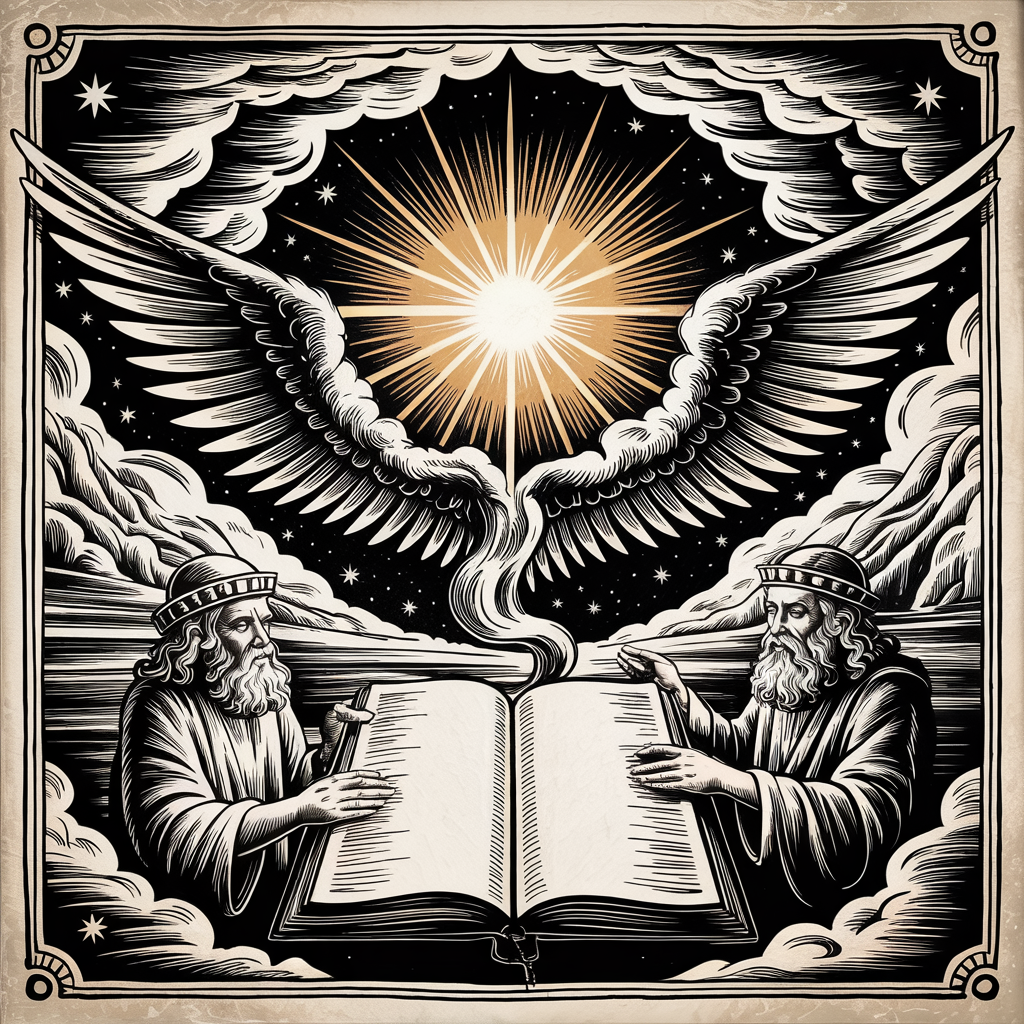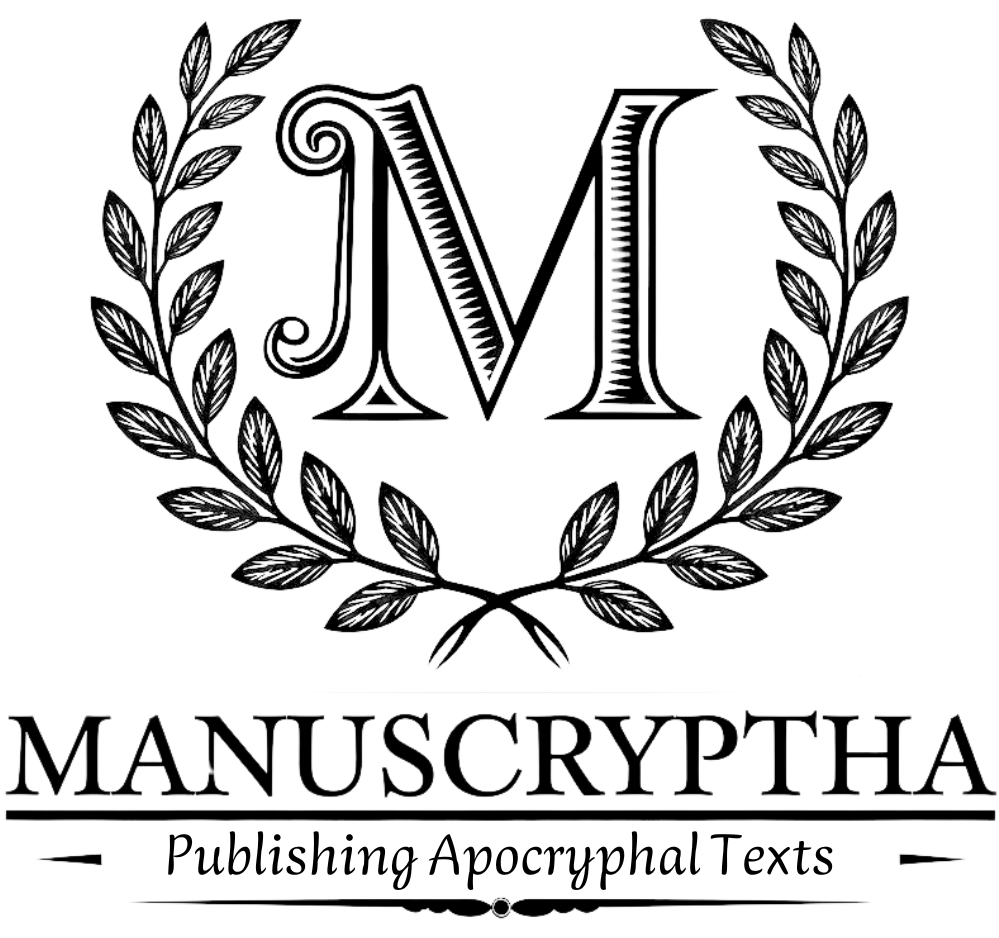
The Book of Enoch is one of the most mysterious and influential ancient texts that never made it into most versions of the Bible. Yet, its fingerprints are everywhere—from Jewish apocalyptic writings to the very pages of the New Testament.
In fact, early Christians knew Enoch well. They quoted it. They echoed it. And in some ways, they built their apocalyptic worldview around it.
How could a book deemed “non-canonical” have such a lasting impact? The answer lies in its theological depth, visionary power, and the way it bridges Earth and Heaven, past and future.
Enoch and the Apocalyptic Imagination
The apocalyptic themes of judgment, resurrection, and the end of days were not invented by early Christians—they were inherited. And one of their primary sources was the Book of Enoch.
Written during the Second Temple period, Enoch was widely read among Jewish sects, including the Essenes (who preserved portions of the book among the Dead Sea Scrolls). Its cosmic battles, angelic hierarchies, and final judgments laid the groundwork for what would become Christian eschatology.
The idea of history moving toward a climactic divine judgment—so central to Christianity—owes much to Enoch.
The Son of Man: Enoch’s Messianic Vision
One of the most striking elements of 1 Enoch is the portrayal of a Messianic figure called the “Son of Man”—a heavenly being, seated beside God, who will judge the wicked and reign in glory.
Sound familiar?
This figure prefigures how Jesus is described in the Gospels, particularly in the books of Matthew and Revelation. Even the Book of Daniel echoes this imagery, but Enoch expands on it in profound detail.
“And there I saw One who had a head of days… And with Him was another being whose countenance had the appearance of a man…”
— 1 Enoch 46
This passage shaped how early Christians envisioned Christ’s divine role, especially in apocalyptic contexts.
Direct Citations: The Epistle of Jude
The Epistle of Jude in the New Testament doesn’t just resemble Enoch—it quotes it directly:
“Behold, the Lord comes with ten thousands of His holy ones to execute judgment…”
— Jude 14-15
This is a verbatim citation from 1 Enoch 1:9.
The fact that a canonical New Testament writer cites Enoch as prophecy shows just how authoritative and respected the text was in early Christian circles.
Why Was It Left Out?
So why didn’t Enoch make the cut into the official biblical canon?
There were several reasons: theological disputes, concerns about its mystical content, and evolving church politics. However, Enoch continued to circulate, especially in Ethiopian Christianity, where it remains canonical to this day.
It also survived in mystical traditions, including Kabbalah, Gnosticism, and even early Islamic interpretations.
Enoch’s Enduring Legacy
Far from being a forgotten text, the Book of Enoch remains one of the foundational works of apocalyptic literature. Its themes live on in:
- The idea of final judgment
- The vision of cosmic justice
- The depiction of heavenly intercession
- The destiny of the righteous and the wicked
And most notably, in the image of a divine Redeemer—enthroned in heaven, returning in power.
If Enoch Shaped Christianity, What Can It Still Teach Us Today?
In a time when many are rediscovering lost spiritual traditions, Enoch offers a compelling voice. It challenges us to think cosmically, to imagine a universe governed by justice, and to believe that human history is part of something far larger than itself.
This is more than ancient theology. It’s a vision that still speaks—to seekers, scholars, and all who long for divine clarity in chaotic times.
Conclusion:
If the influence of Enoch fascinates you, the full text holds even greater revelations—visions of fire, prophecy, heavenly ascent, and divine judgment.
Get your copy of The Book of Enoch by Rush Nilson → and explore the roots of Christian mysticism and apocalyptic hope.


